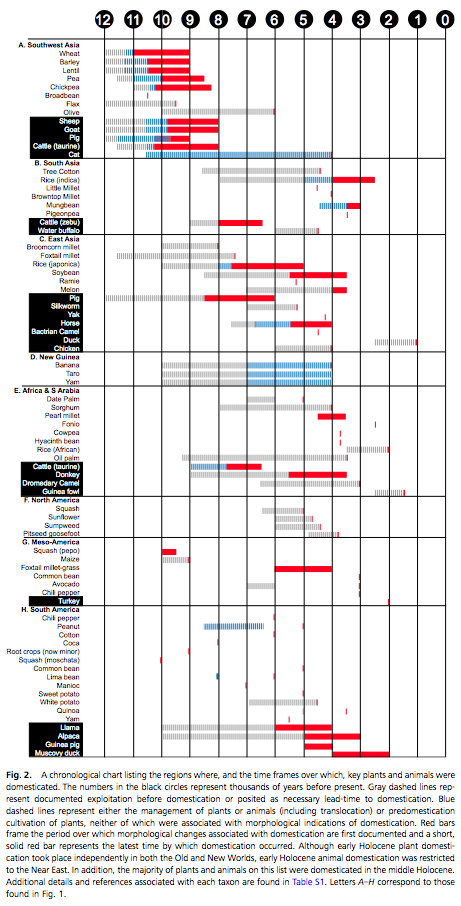We asked Dr Dan Brock to break down his paper on the domestication of Jerusalem Artichoke. Thanks, Dan. Sandy Knapp has also had her say on this. Who needs the full text of papers these days.
 Identifying the wild progenitors of crops is one of the key steps we have to take if we are to effectively harness the diversity maintained in the world’s genebanks. This information can and should be used to fuel efforts to increase the productivity and sustainability of modern agriculture. In the case of allopolyploid crop species, which are formed by a combination of interspecific hybridization and genome duplication, this information is also of technical significance. In these systems, a major obstacle in the way of genome-scale surveys of genetic diversity is the fact that variation occurring between the progenitor-derived sets of chromosomes cannot be discerned from variation occurring within each chromosome set. In a recent publication in the journal New Phytologist ((Bock DG, Kane NC, Ebert DP, & Rieseberg LH (2014). Genome skimming reveals the origin of the Jerusalem Artichoke tuber crop species: neither from Jerusalem nor an artichoke. The New phytologist, 201 (3), 1021-30 PMID: 24245977)) we highlight a one-step approach that can be used to clarify the origins of previously intractable polyploid complexes, using Jerusalem Artichoke as an example.
Identifying the wild progenitors of crops is one of the key steps we have to take if we are to effectively harness the diversity maintained in the world’s genebanks. This information can and should be used to fuel efforts to increase the productivity and sustainability of modern agriculture. In the case of allopolyploid crop species, which are formed by a combination of interspecific hybridization and genome duplication, this information is also of technical significance. In these systems, a major obstacle in the way of genome-scale surveys of genetic diversity is the fact that variation occurring between the progenitor-derived sets of chromosomes cannot be discerned from variation occurring within each chromosome set. In a recent publication in the journal New Phytologist ((Bock DG, Kane NC, Ebert DP, & Rieseberg LH (2014). Genome skimming reveals the origin of the Jerusalem Artichoke tuber crop species: neither from Jerusalem nor an artichoke. The New phytologist, 201 (3), 1021-30 PMID: 24245977)) we highlight a one-step approach that can be used to clarify the origins of previously intractable polyploid complexes, using Jerusalem Artichoke as an example.
The Jerusalem Artichoke (Helianthus tuberosus) is a culturally and economically important tuber-producing hexaploid whose origin has long fascinated botanists. Despite prolonged interest, the evolutionary history of this species has, until recently, remained a mystery. Different hypotheses have so far proposed the annual sunflower H. annuus as well as numerous other congeners as its likely progenitors. We tested these competing scenarios using the genome skimming approach. ((Also called “shallow sequencing,” referring to the number of times a nucleotide is read during the process.)) One lane of Illumina sequencing generated sufficient data to reconstruct complete plastid genomes, partial mitochondrial genomes, as well as partial 35S and 5S nuclear-encoded ribosomal DNA for the Jerusalem Artichoke and its candidate progenitors. Analyses performed using these data provided unprecedented resolution for this group, which is notoriously difficult to resolve using phylogenetic inference. Our results showed that the Jerusalem Artichoke originated repeatedly via hybridization between the Hairy Sunflower (H. hirsutus), which likely served as the maternal parent, and the Sawtooth Sunflower (H. grosseserratus), which likely served as the paternal parent.
The advent of new sequencing technologies has made ever-increasing portions of the genome available for investigation, with ever-decreasing investment in researcher time and effort. We are therefore in an ideal position: we can use these breakthroughs to resolve the origins of crops like the Jerusalem Artichoke whose unclear ancestry has, until now, hampered evolutionarily-informed germplasm preservation and genome-enabled progress.

